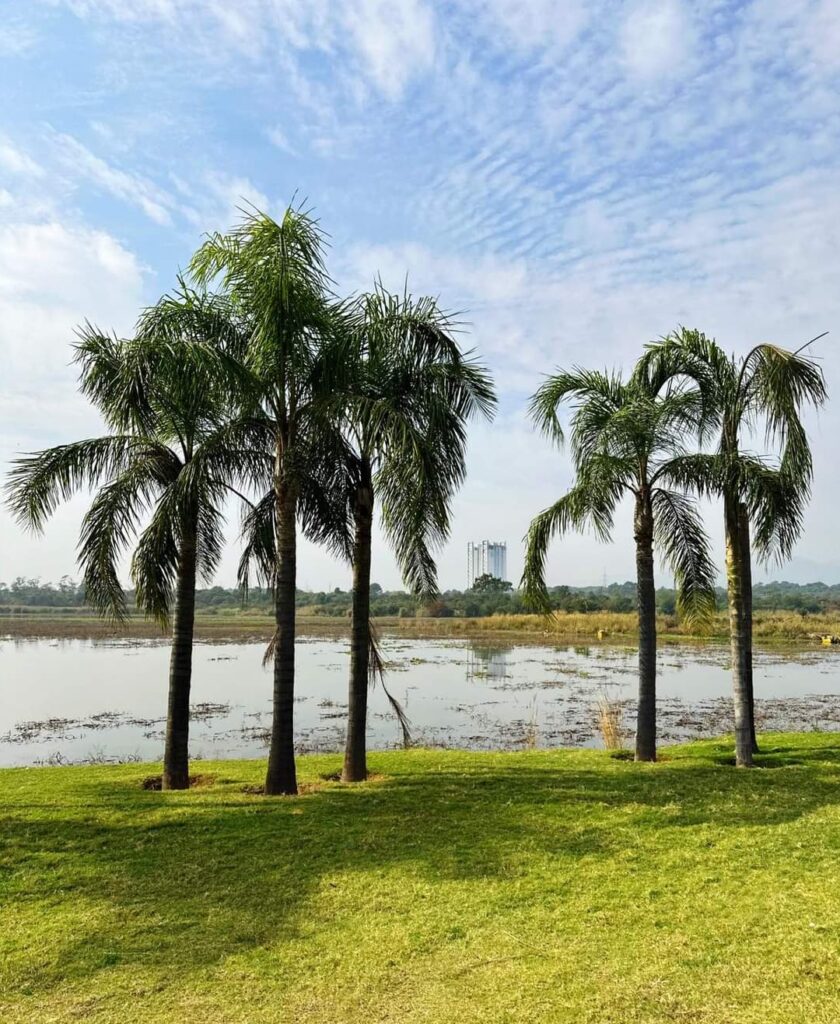Whether you’re planning a trip to explore Islamabad’s rich culture or to hike the scenic trails, choosing the best time to visit Islamabad is crucial for making the most of your experience. In this guide, we’ll discuss Islamabad’s weather patterns, ideal visiting months, and what to expect throughout the year.
Understanding Islamabad’s Climate
Islamabad enjoys a humid subtropical climate, characterized by four distinct seasons: a chilly winter, a pleasant spring, a hot summer, and a monsoon season. The city’s elevation at 507 meters above sea level provides moderate temperatures compared to other regions of Pakistan, making it a comfortable destination to visit year-round. However, different times of the year offer unique experiences, depending on your travel interests.



Best Time to Visit Islamabad: March to May (Spring Season)
Key Highlights for Spring:
Best for Outdoor Adventures: If you’re an avid hiker, spring is the best season to trek the famous Trail 5 or take a scenic walk through Daman-e-Koh.
Flowers in Full Bloom: The city parks and gardens, especially Fatima Jinnah Park, come alive with vibrant colours, creating beautiful photography opportunities.
Festivals and Events: The Islamabad Spring Festival and cultural events at Lok Virsa Museum are often scheduled during this season.
Visiting Islamabad in Summer: June to August
June to August marks the summer season in Islamabad, with temperatures soaring to highs of 40°C. While the early mornings and late evenings can still be pleasant, the daytime heat may not be suitable for outdoor sightseeing. However, for those who don’t mind the warmth, this is a great time to enjoy indoor attractions like museums, art galleries, and shopping malls.
Monsoon Season: Starting in July, Islamabad experiences its monsoon rains. While the city’s greenery becomes more vibrant, occasional heavy showers may disrupt travel plans, so packing an umbrella and light rain gear is essential.
Summer Travel Tips:
Indoor Exploration: Visit the Pakistan Monument Museum or Lok Virsa Museum to escape the heat.
Short Trips: Summer is an ideal time for quick trips to cooler nearby destinations like Murree or Pir Sohawa.
Autumn in Islamabad: September to November
The autumn season, from September to November, is another excellent time to visit Islamabad. After the monsoon rains, the city is lush, and the weather becomes cooler, with temperatures ranging between 15°C and 30°C. The humidity drops, making it a perfect time for sightseeing, photography, and outdoor dining.
Autumn Highlights:
Perfect Weather: Ideal for visiting Rawal Lake or taking a day trip to Taxila for an archaeological experience.
Cultural Experiences: Autumn sees fewer tourists, allowing for a more immersive experience in the city’s cultural and historical landmarks.
Winter in Islamabad: December to February
Winter in Islamabad is relatively cold, with temperatures dropping to as low as 4°C in December and January. While it rarely snows in the city, the nearby hill stations like Murree often receive snowfall, making it a popular spot for tourists looking to experience a winter wonderland.
Winter Activities:
Festive Atmosphere: December is a good time to experience the festive atmosphere at local markets and enjoy cozy cafes in areas like F-7.
Visit Historical Sites: The cool weather is ideal for exploring historical sites like Lal Masjid and Dharma Rajika Stupa in Taxila.
Month-by-Month Breakdown of Islamabad’s Weather
March to May: Ideal weather for outdoor activities, cultural festivals, and sightseeing.
June to August: Hot and humid, with monsoon rains. Best for indoor activities and short trips to cooler areas.
September to November: Pleasant temperatures, perfect for outdoor exploration and cultural experiences.
December to February: Cold but comfortable. A good time to explore local markets, cafes, and nearby hill stations.
The Best Time to Visit Islamabad
While Islamabad is a year-round destination, the best time to visit depends on what type of experience you’re seeking. For pleasant weather and outdoor adventures, spring (March to May) and autumn (September to November) are the ideal months. For those looking to explore nearby hill stations or experience the festive winter atmosphere, December to February offers a different charm.
Plan your trip according to Islamabad’s seasonal highlights, and you’re sure to have an unforgettable experience in this beautiful city.
